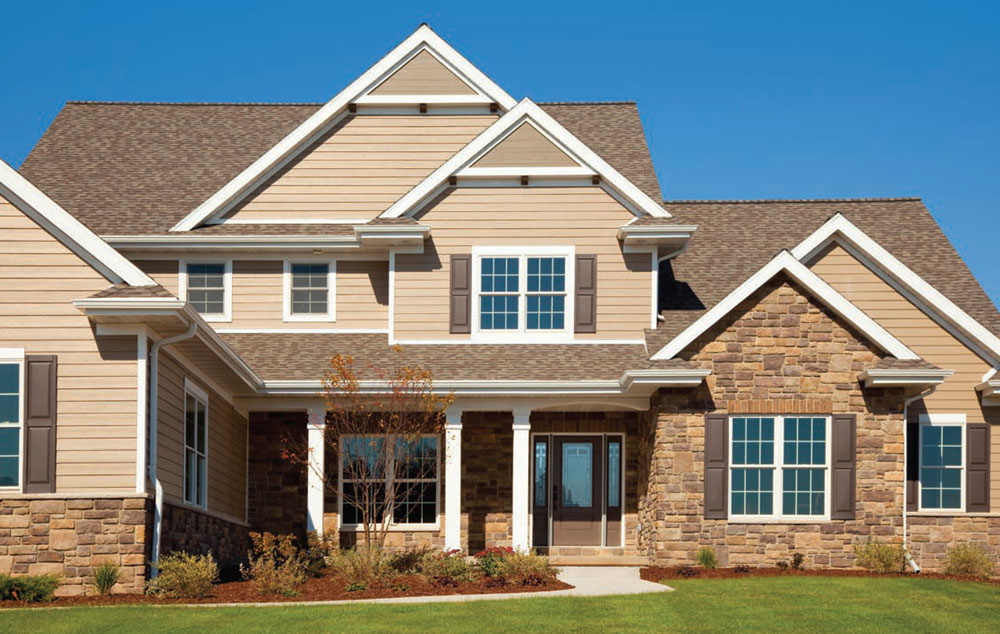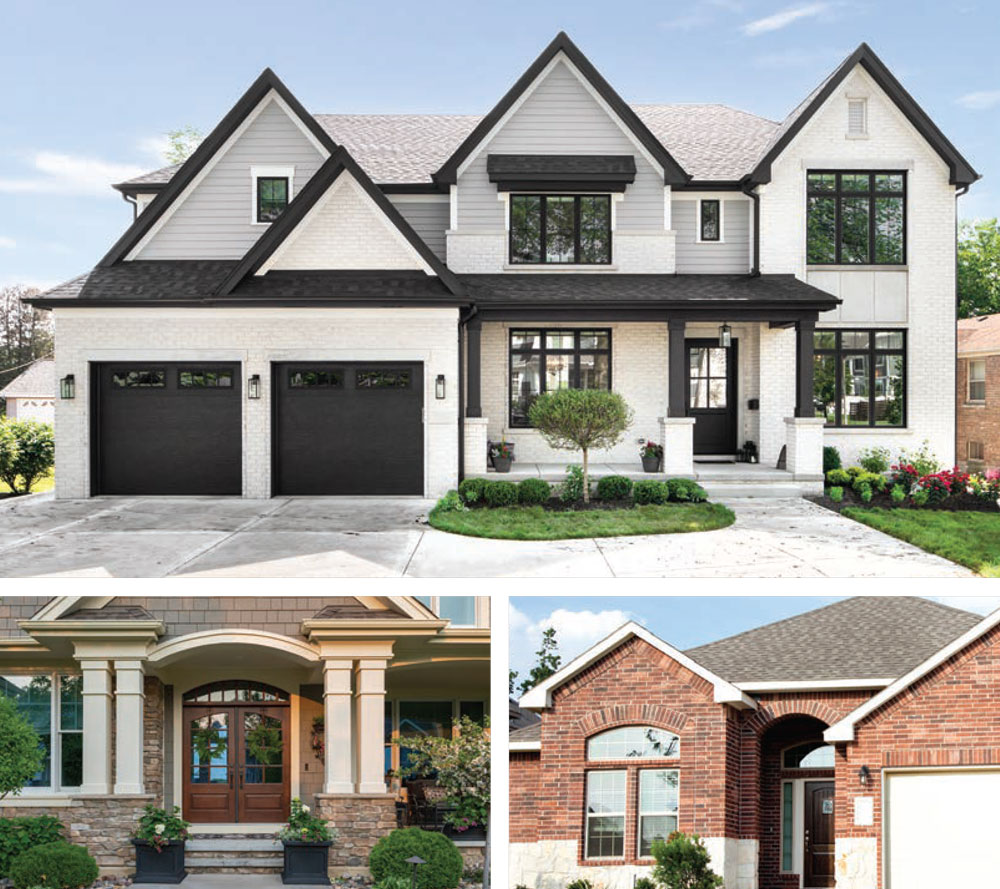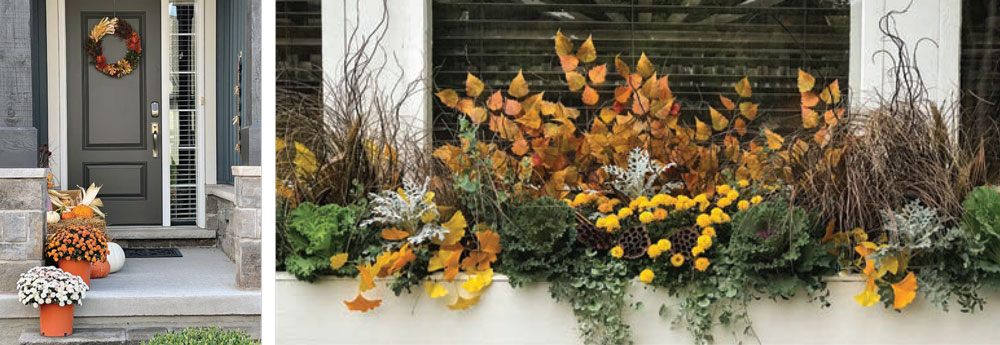MORE THAN BRICKS & MORTAR
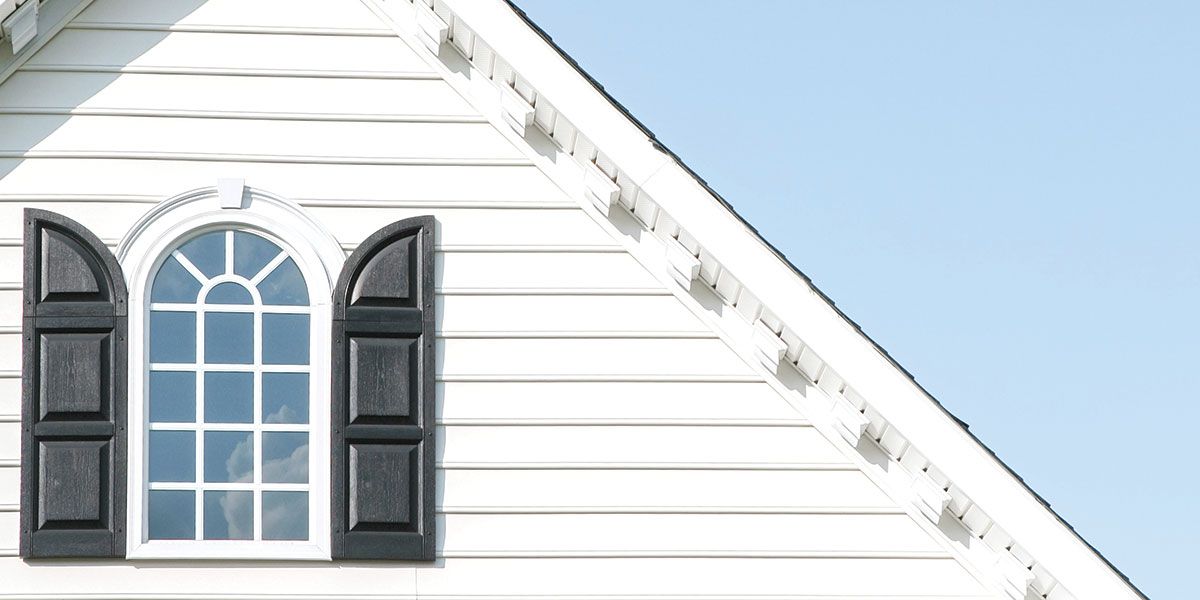
Choose the Right Cladding — and Details — to Increase Your Home’s Curb Appeal
The starting point to adding curb appeal to any physical structure is the actual structure itself. The exterior cladding, the color palette of the building down to the details such as the gutters, light fixtures and the mailbox are all important minutiae not to be overlooked when talking about making your home aesthetically pleasing. After all, it is this view that creates the first impression to visitors.
Where to begin
There are seemingly endless options to choose from when talking about the exterior finish of your home (also known as cladding): brick, stone, stucco and also sidings such as vinyl, metal, fiber cement, wood and engineered wood. The sidings also come in a wide array of styles, from bevel to shakes and shingles with board and batten with various sizes to choose from. Where does one begin to choose between them all?
Generally speaking, your home’s exterior cladding should have a few fundamental qualities like durability, water resistance and energy efficiency that is specific to the natural environment in which you live. While stucco is durable and low maintenance, it provides little insulation, which is why it’s well suited for warmer environments but perhaps not ideal for a cold Virginia winter.
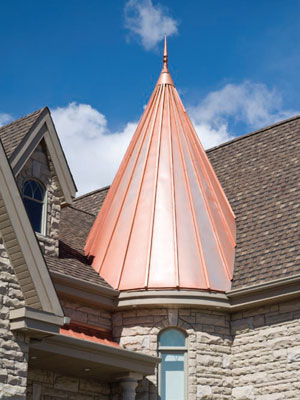 Other considerations include required maintenance of the material used for the cladding, your budget, the style and age of your home and, where applicable, Homeowner Association (HOA) requirements. Metal siding, an increasingly popular finish, is extremely low maintenance while also quite durable. However, it is more of a contemporary finish when used in a large amount. When used in smaller amounts as an accent on an older home, it can be fun and a bit unexpected. Copper comes to mind as a great metal accent to be added to an older home for a little facelift. It can be a little more expensive than other metal finishes applied to the exterior, but the patina it develops with age adds quite a bit of character.
Other considerations include required maintenance of the material used for the cladding, your budget, the style and age of your home and, where applicable, Homeowner Association (HOA) requirements. Metal siding, an increasingly popular finish, is extremely low maintenance while also quite durable. However, it is more of a contemporary finish when used in a large amount. When used in smaller amounts as an accent on an older home, it can be fun and a bit unexpected. Copper comes to mind as a great metal accent to be added to an older home for a little facelift. It can be a little more expensive than other metal finishes applied to the exterior, but the patina it develops with age adds quite a bit of character.
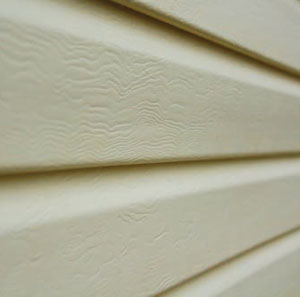 Siding
Siding
Vinyl siding is perhaps the most popular exterior finish for homes thanks to its combination of being low maintenance (requiring only a power wash every few years), durability, availability in a wide variety of colors, finishes and sizes as well as being extremely budget friendly. Vinyl siding is the least expensive exterior cladding option, with fiber cement siding coming in just a little higher. Fiber cement siding, also known as Hardie® (board) siding is a man-made material of wood pulp, cement, clay and silica. It is termite and water resistant, fireproof and has a long life span of 50 to 100 years. Like vinyl, it’s available in a wide variety of shapes and sizes and can be made to resemble wood. It can come with a factory finish or painted any color you choose.
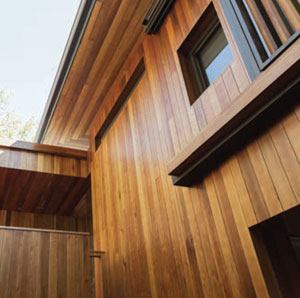 Wood is the most expensive siding material with the highest maintenance demands of any exterior finish. It is available in many species, grades, sizes and styles, so the possibilities can seem endless when choosing a wood cladding. Along with fiber cement siding, wood is the easiest to customize for a style that is uniquely yours.
Wood is the most expensive siding material with the highest maintenance demands of any exterior finish. It is available in many species, grades, sizes and styles, so the possibilities can seem endless when choosing a wood cladding. Along with fiber cement siding, wood is the easiest to customize for a style that is uniquely yours.
Masonry
Stone and brick are two more options that are generally low maintenance but expensive to install. However, they can be combined with other exterior finishes for a variety of textures that create depth and visual interest. You can use different materials to highlight an architectural feature such as columns, dormers, gables or other bump-outs. It’s not uncommon to see a home with one finish on the first story – like stone veneer or horizontal clapboard with a board and batten or shake siding on the second floor. You can also use a variety of colors to make details pop, although you’ll want to be sure you don’t make the exterior too busy. Thankfully, many contractors today use software that can help you visualize the final version before you make it a reality, which is an incredible help. (Click here for more on tech tools for design).
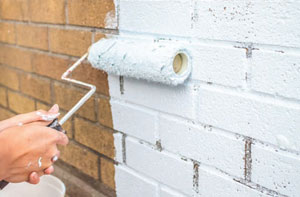 Paint
Paint
Painting brick homes has been a popular way to add instant curb appeal to older homes, but it must be approached properly. Brick “breathes” and painting it can be like wrapping it in plastic, severely damaging the brick. Once it’s been painted, it’s hard to go back to the original brick, which is something to keep in mind. If you do choose to paint your brick exterior, hire a professional to properly clean and prep the surface. Any issues with the mortar or bricks themselves should be addressed prior to painting. It’s best to use a masonry paint, which is meant to adhere to brick or a milk paint or lime-based whitewash. A whitewash calcifies onto the surface to create a durable finish, which also means less maintenance down the line. Once brick has been painted, it will need to be maintained, requiring a fresh coat as soon as five years after the first application.
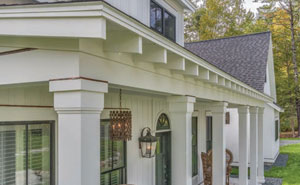 Earth tones are the current trend for exterior colors, helping to connect our homes to their surroundings while also adding a flow between the interior and exterior spaces. Bold, darker colors like navy blue are also seeing some popularity right now as they are used not just as accent colors, but the primary house color. Of course, the classics – white, gray and similar neutrals, never go out of style. Changing the color of your home’s exterior is a big commitment – you may want to start with small changes, like painting the front door a bold new shade. Other modest changes include adding or repainting shutters, changing the light fixtures, gutters, mailboxes and other accents can be easily accomplished to give your home a refreshed appearance.
Earth tones are the current trend for exterior colors, helping to connect our homes to their surroundings while also adding a flow between the interior and exterior spaces. Bold, darker colors like navy blue are also seeing some popularity right now as they are used not just as accent colors, but the primary house color. Of course, the classics – white, gray and similar neutrals, never go out of style. Changing the color of your home’s exterior is a big commitment – you may want to start with small changes, like painting the front door a bold new shade. Other modest changes include adding or repainting shutters, changing the light fixtures, gutters, mailboxes and other accents can be easily accomplished to give your home a refreshed appearance.
Defining details
Sometimes swapping out your house numbers with a more modern font while adding a new mailbox and fresh coat of paint to your front door is all it takes to create a new focal point. Window boxes planted with seasonal plants can also be a simple addition that adds a touch of charm. While there is a wide variety of annuals that are ideal for spring and summer container planting, ornamental kale and cabbages make for a fabulous winter container garden. Flowers, shrubs and other plantings are also easy ways to add curb appeal with minimal effort.
Fall is a great time to start planning how to refresh your home’s exterior. It’s easy to see what the lines of your home are and where you could consider adding pops of color that will make your home stand out in both the bleakness of winter and the coming riot of color in the spring. Whether you choose to do a complete overhaul or merely refresh a few outdated and faded portions, it’s sure to add a bit of life as well as curb appeal to your home. ✦
brick, cladding, curb appeal, engineered wood, exterior cladding, exterior finish, fiber cement, masonry, metal, sidings, stone, stucco, vinyl, Wood
